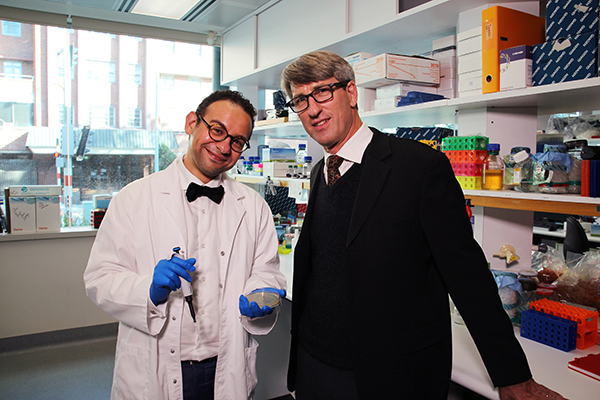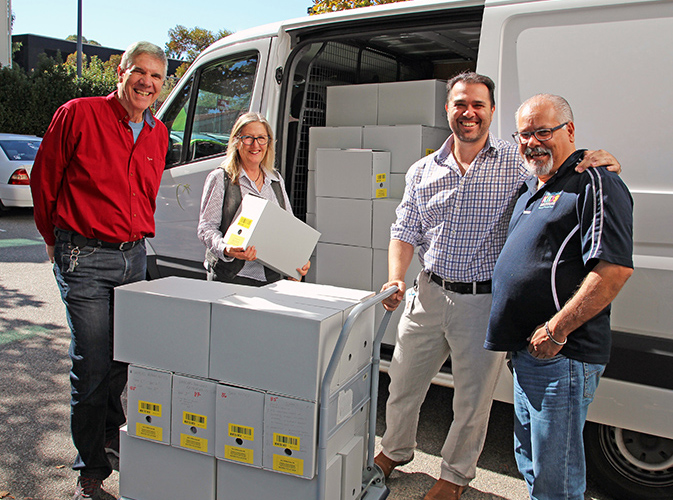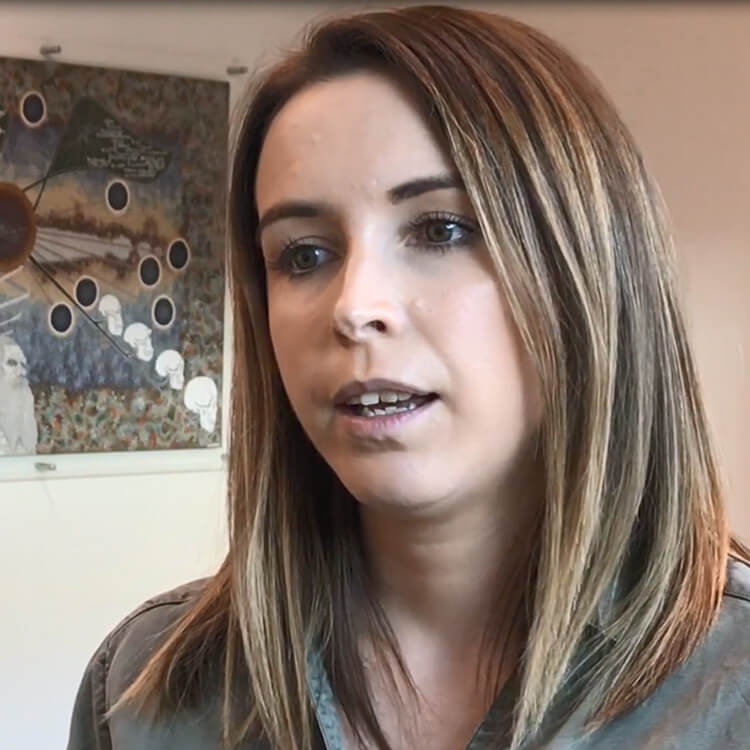Search

News & Events
WA partnership to unlock new antibiotic weaponThe Kids Research Institute Australia and WA pharmaceuticals company Boulos and Cooper have signed a $685,000 agreement to develop what could be the first new class of antibiotics in decades.

News & Events
InFocus Interview - Megan BellAn InFocus Research Interview with Kirsten Hancock of the Human Capability Team at The Kids Research Institute Australia on multigenerational disadvantage in Australia.

News & Events
Handing over the reins: letting teens take charge"This system definitely helped with my diabetes management, especially overnight, and helped to keep my blood sugars as stable as possible which was fantastic,"

News & Events
WA Aboriginal Child Health Survey preserved for future generationsThe landmark Western Australian Aboriginal Child Health Survey has been placed into archiving at the State Library of Western Australia to be preserved for future generations.

News & Events
New report a catalyst for Midland to lead in collaborative community service deliverywe the people worked with CoLab, a partnership between The Kids and Minderoo Foundation, to investigatethe needs of local families with children aged 0to8

News & Events
‘Invisible’ children of imprisoned parents at risk of falling through the cracksA study by The Kids has found children with a parent who has gone to prison are significantly more likely to have poor development outcomes.

News & Events
Building strong foundations for healthy brain developmentAn InFocus Research Interview with Kirsten Hancock of the Human Capability Team at The Kids Research Institute Australia on multigenerational disadvantage in Australia.

News & Events
Great Southern to benefit from 10 year Early Years InitiativeNew ways to deliver more effective, evidenced-informed child development services will be forged through an innovative community partnership in the Central Great Southern.

News & Events
The Kids researchers awarded Raine Medical Research Foundation fundingCongratulations to Dr Gail Alvares and Dr Rachel Foong, who have been awarded funding from the Raine Medical Research Foundation.

News & Events
Research support for ‘Family Insites’ app to help keep your family safe onlineWangle Technologies, with the support of The Kids, has today launched Wangle Family Insites, a unique new app to help parents keep their family safe online
